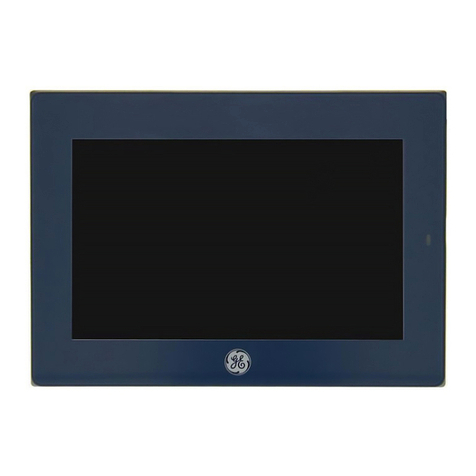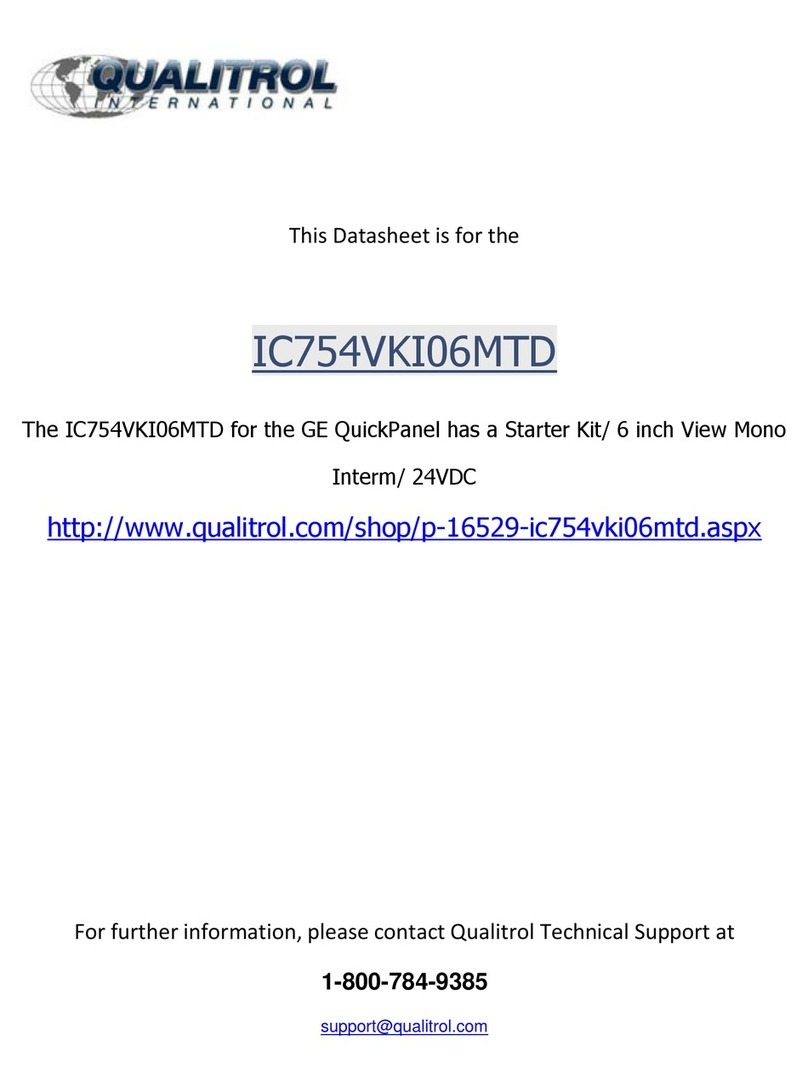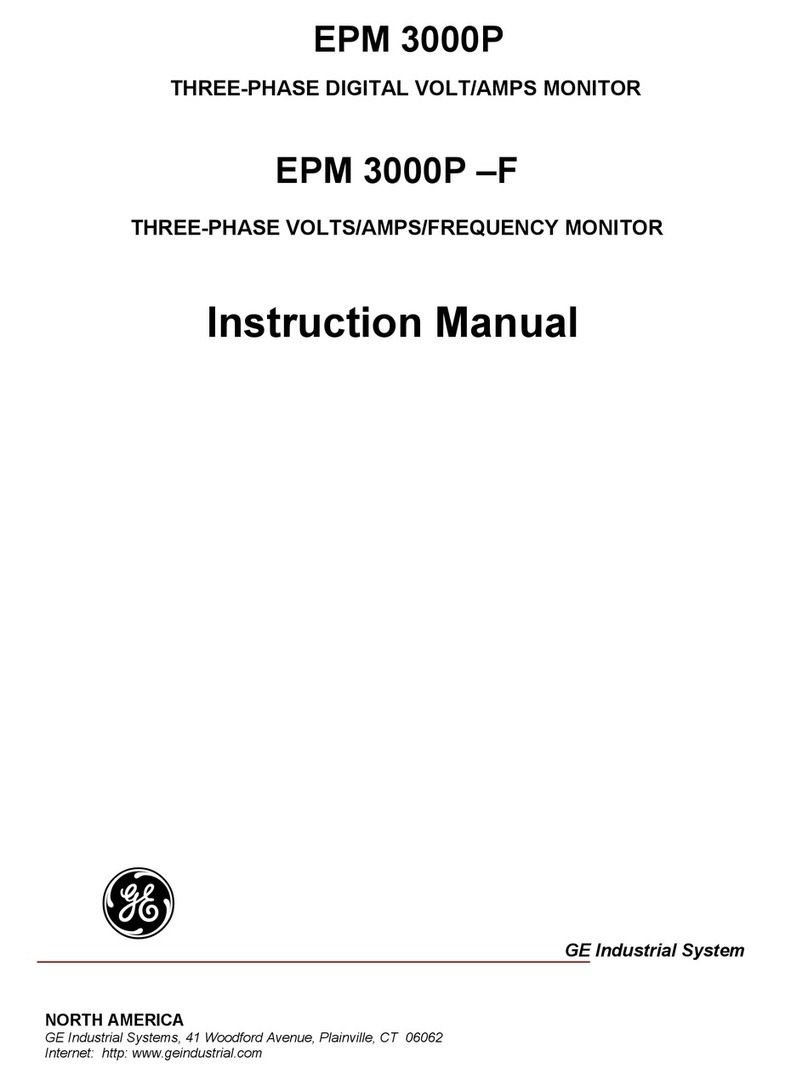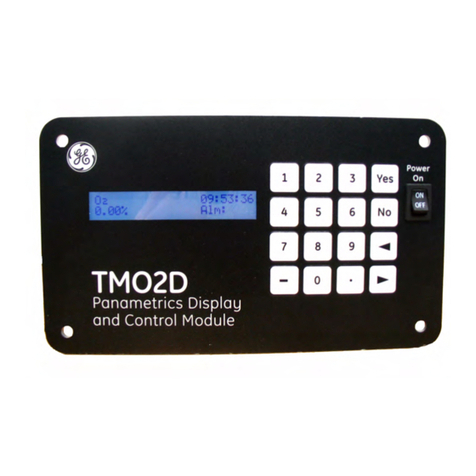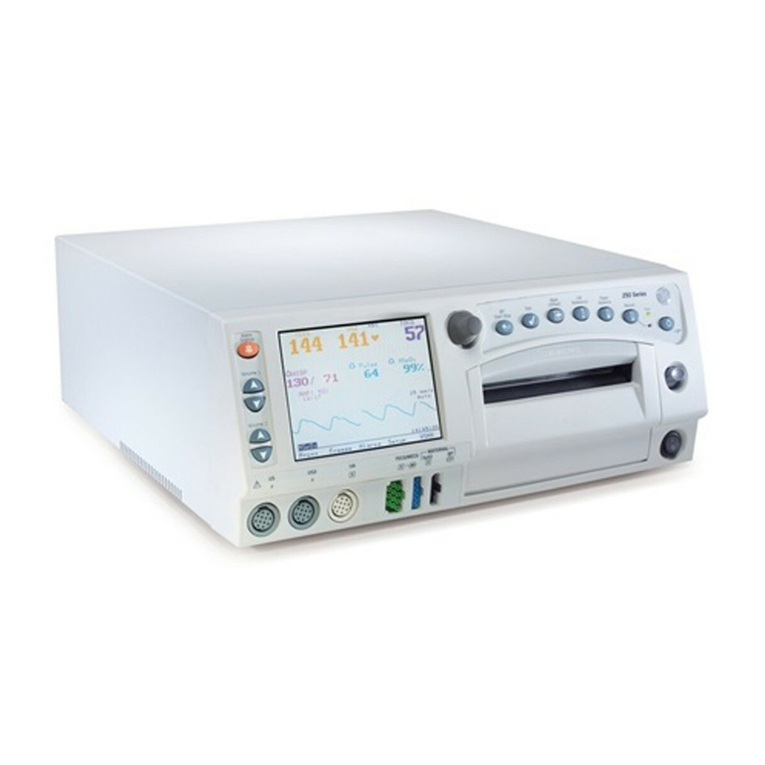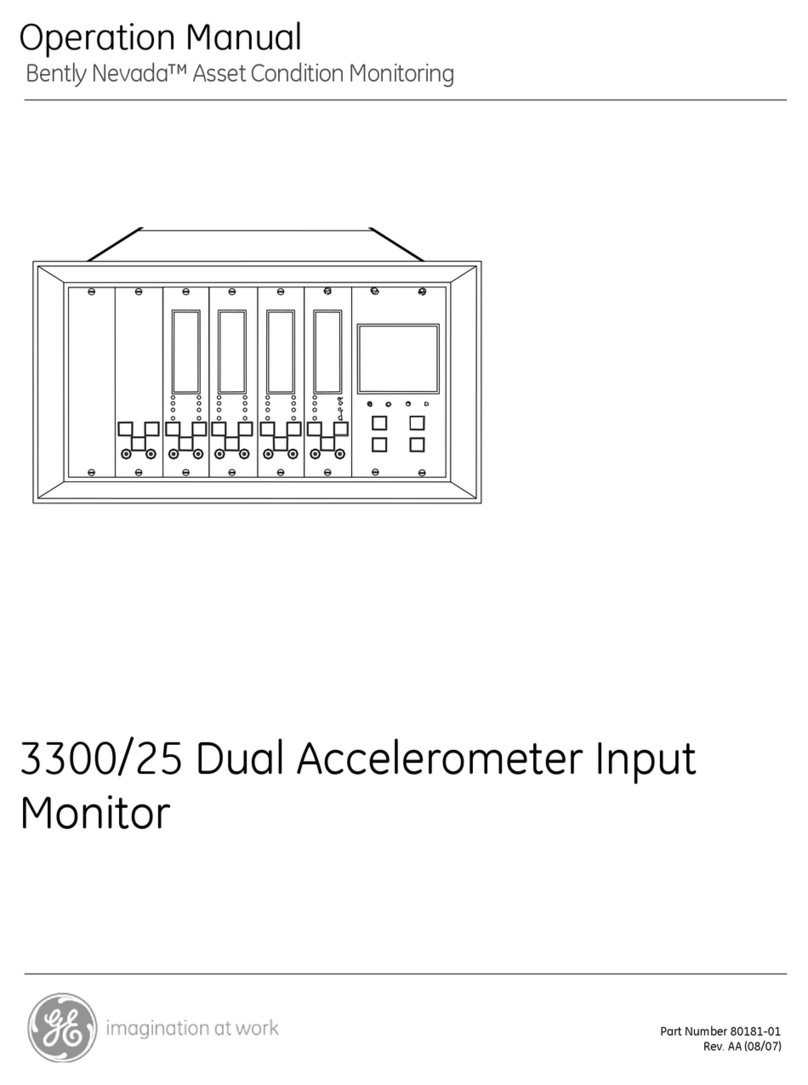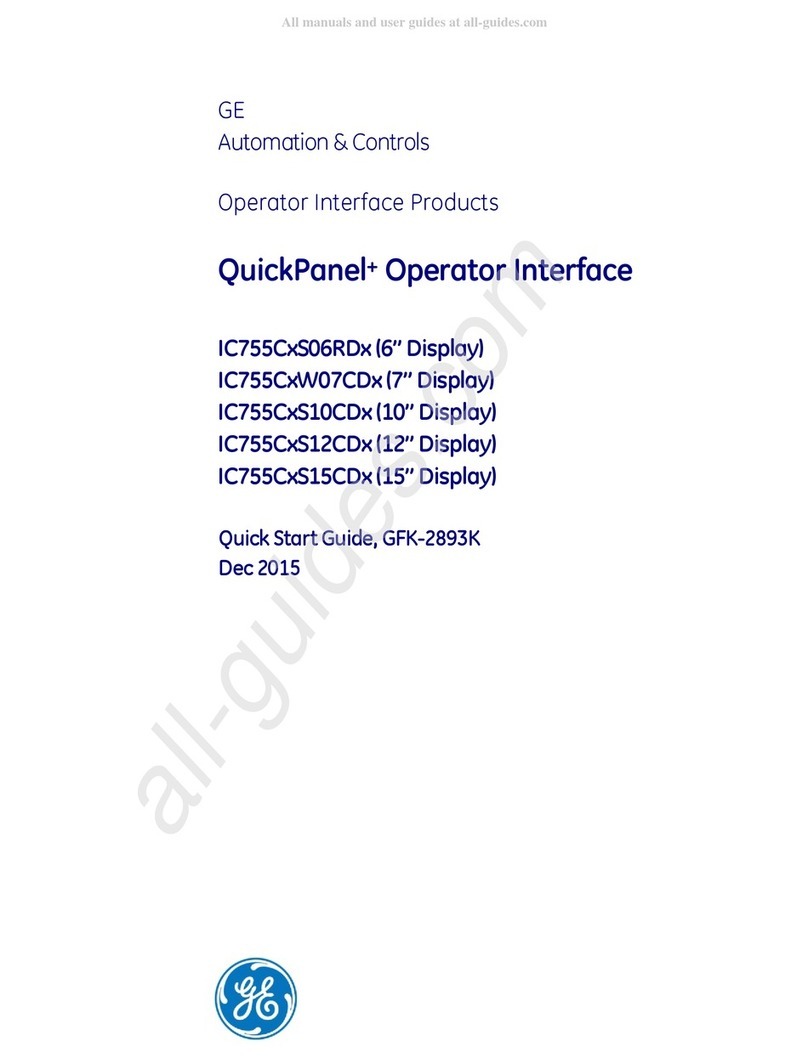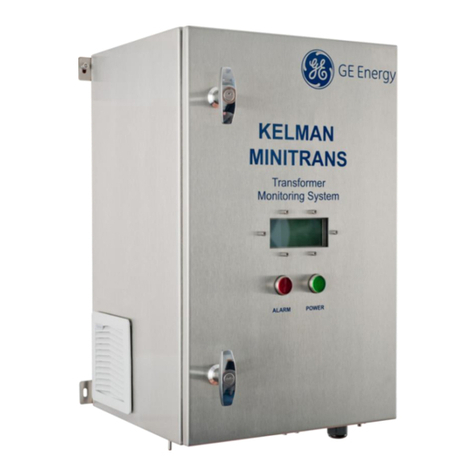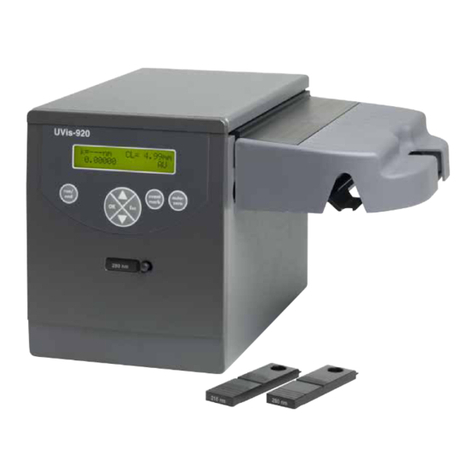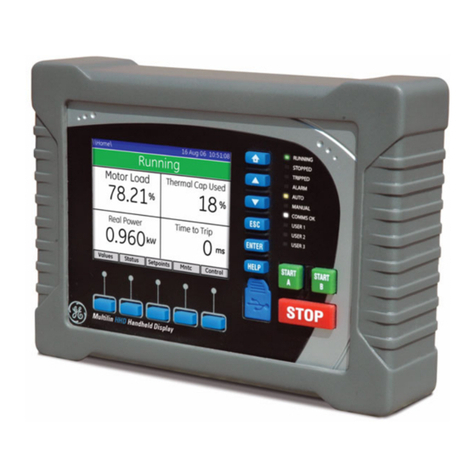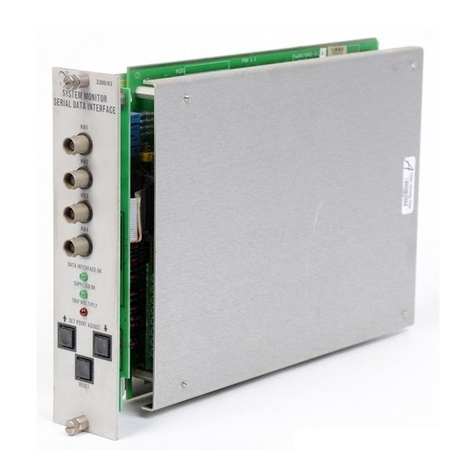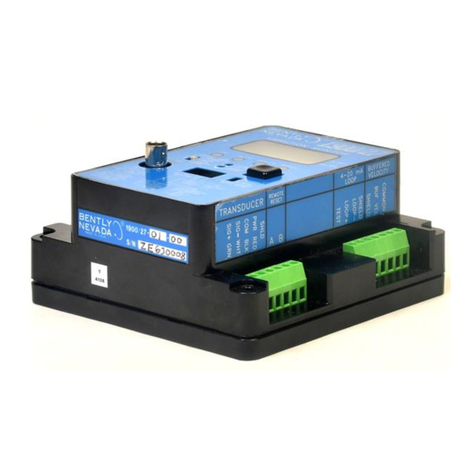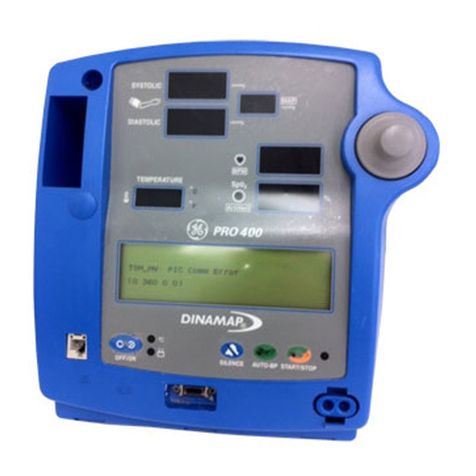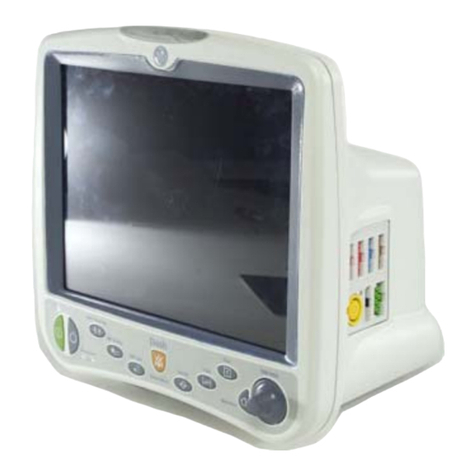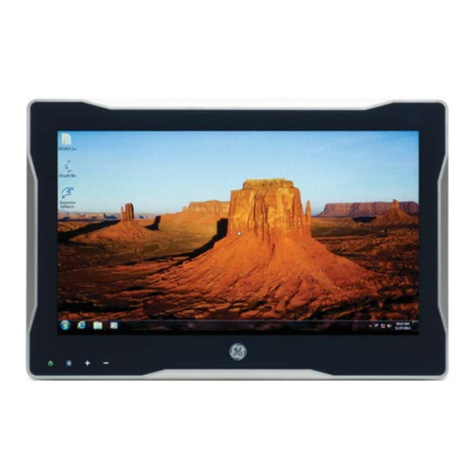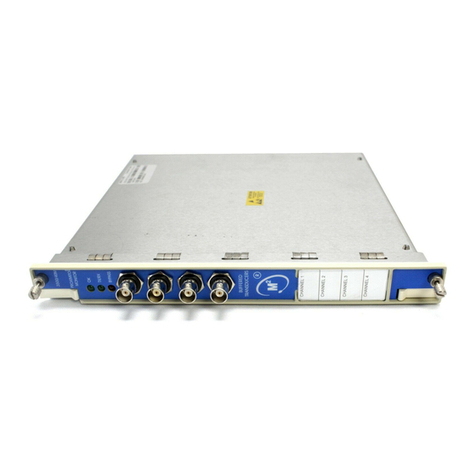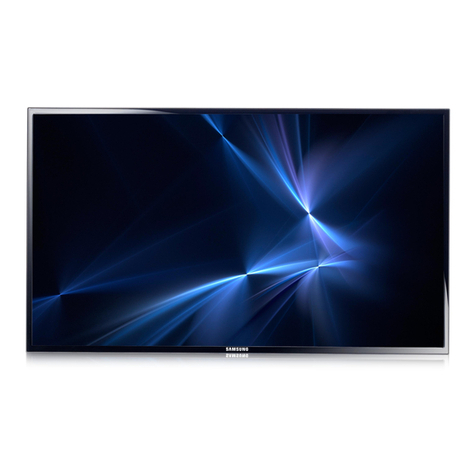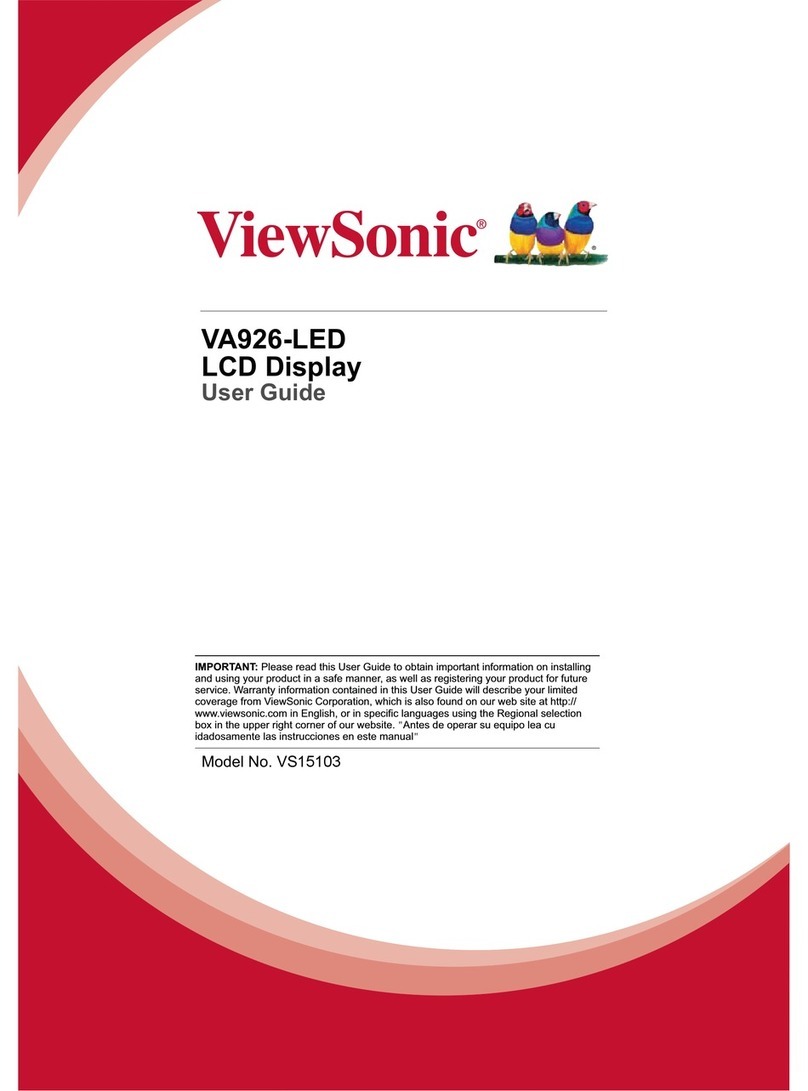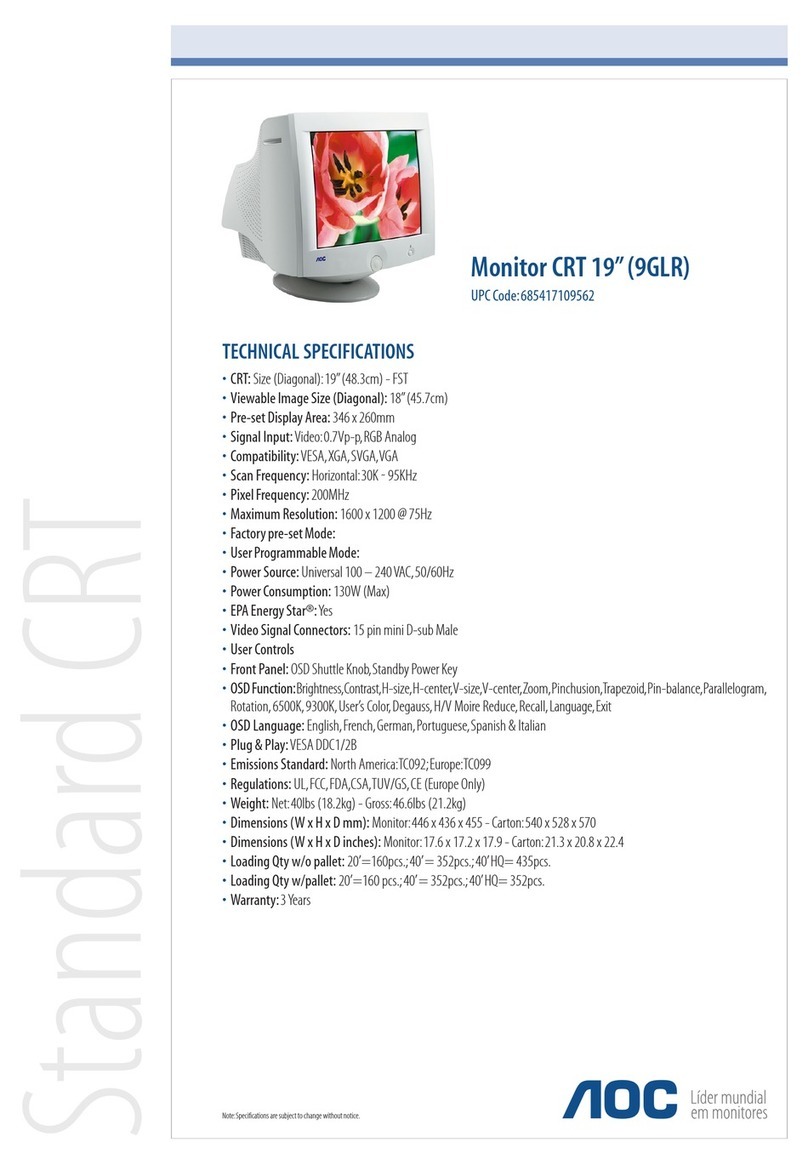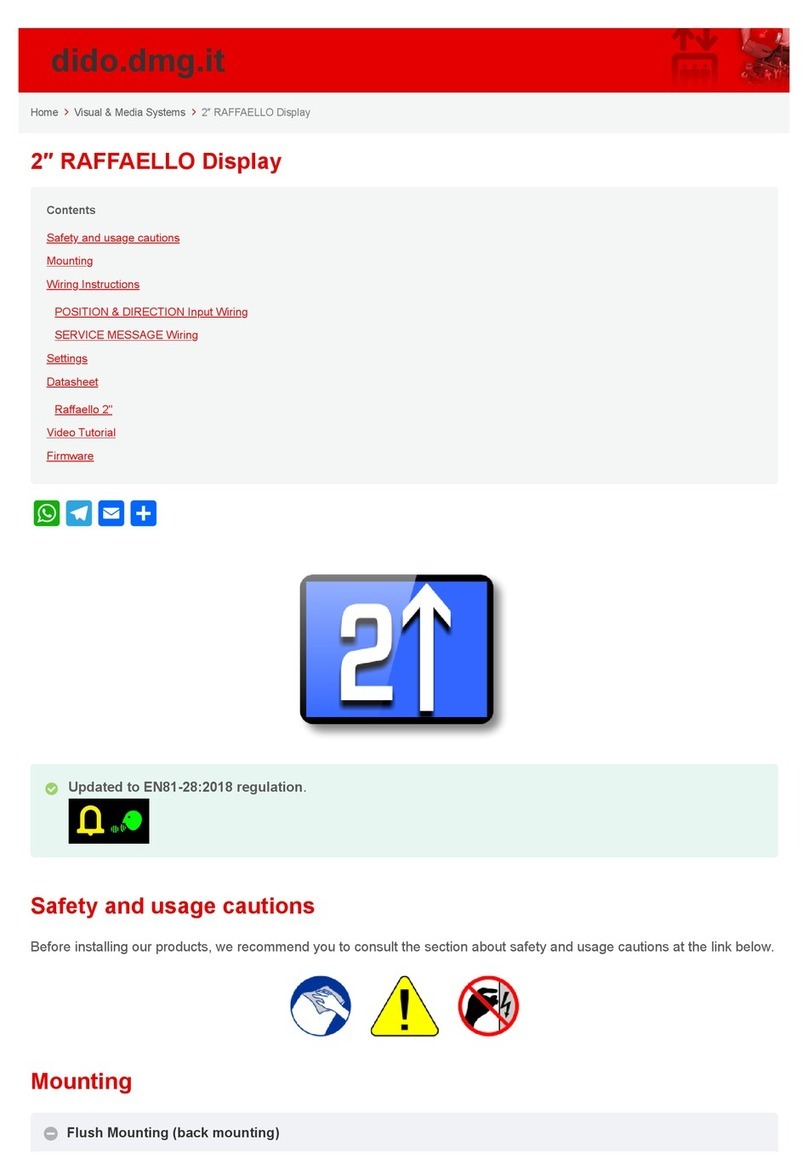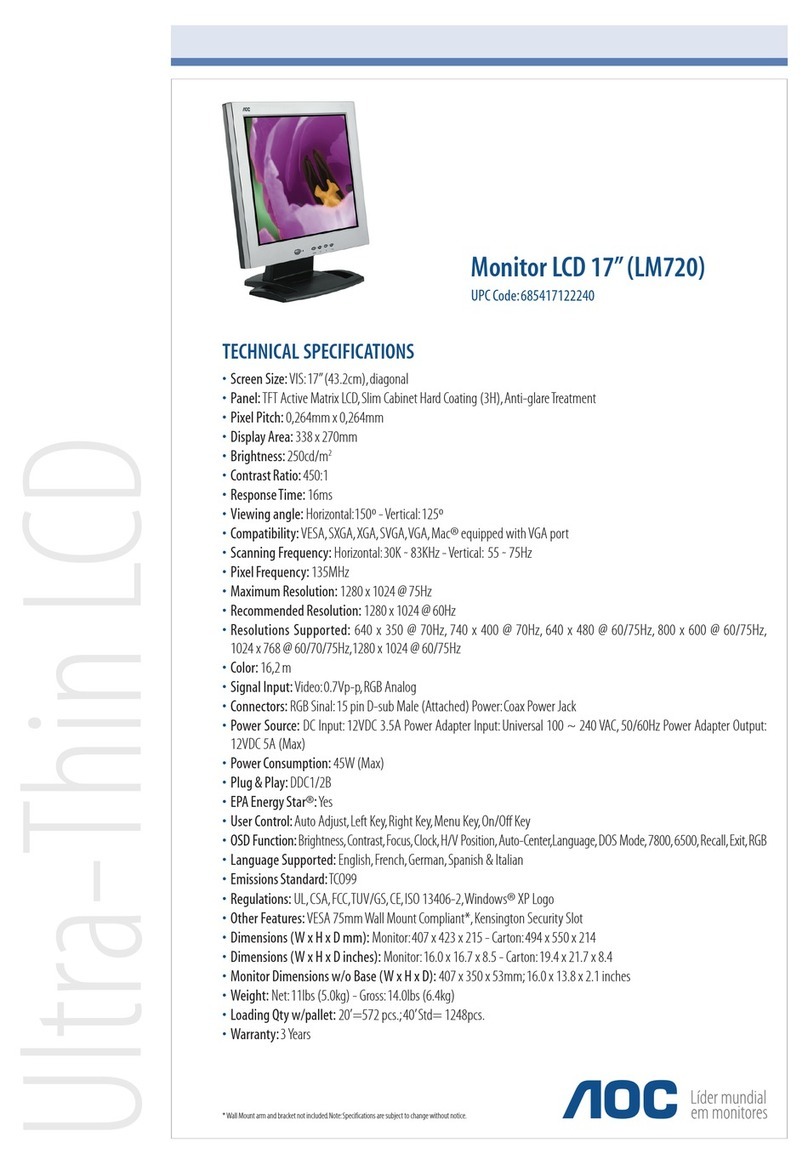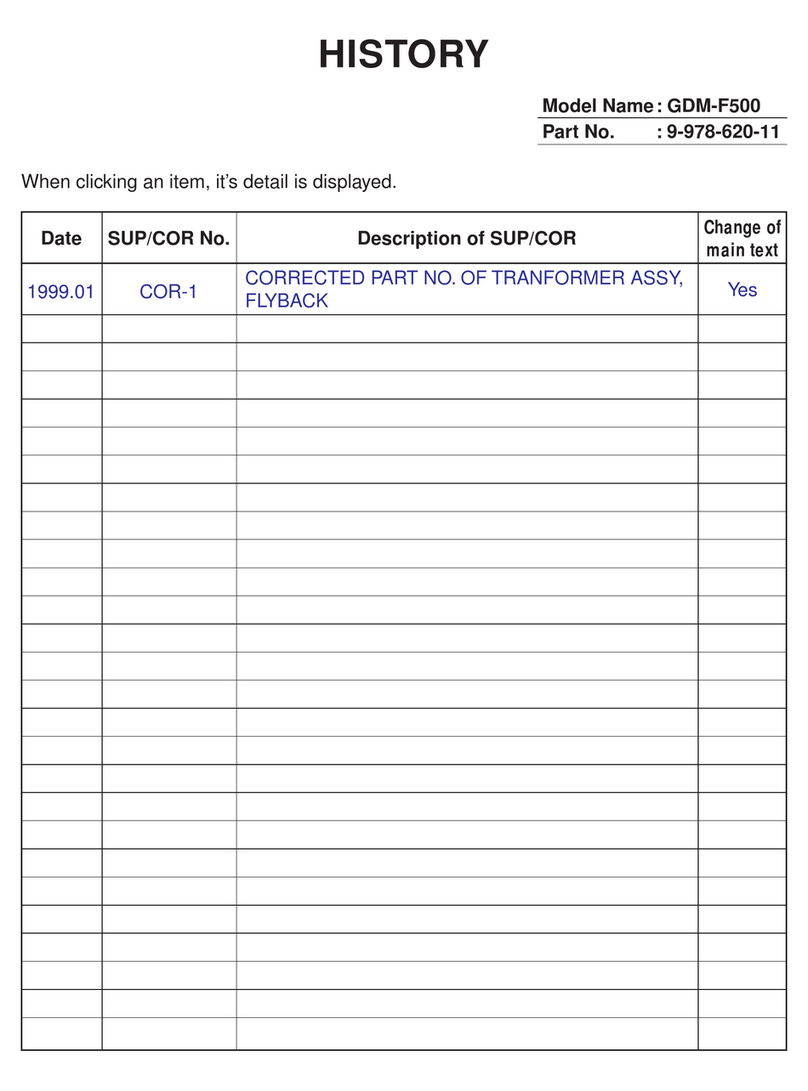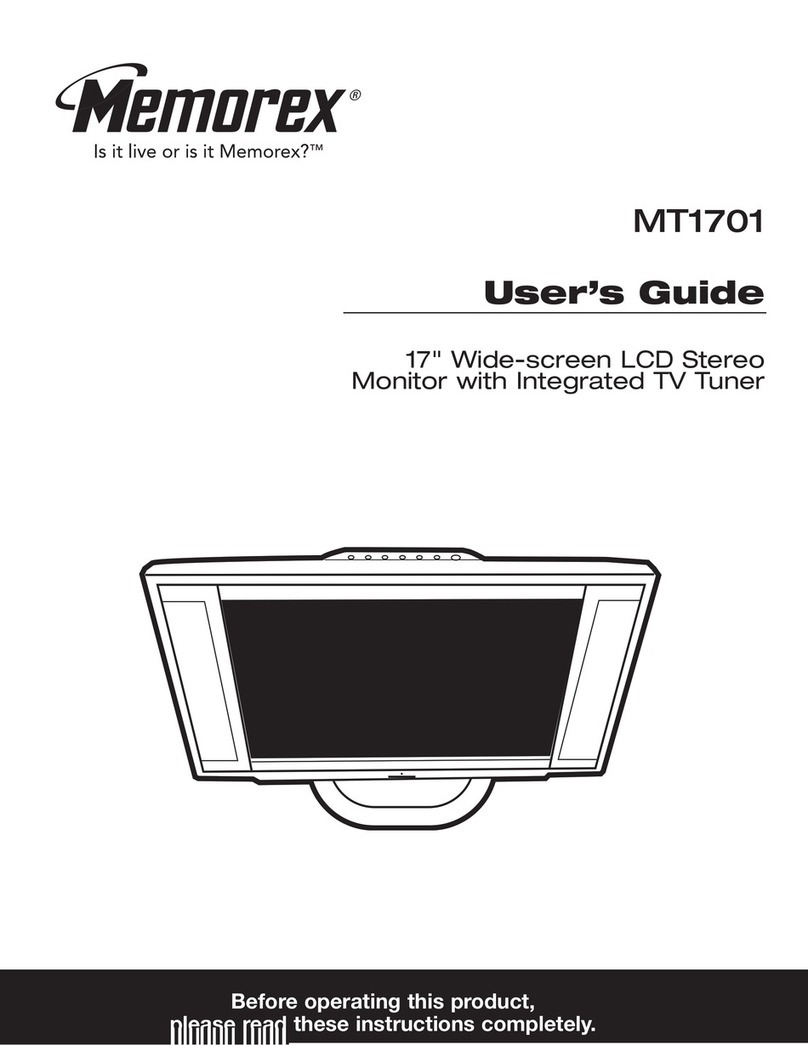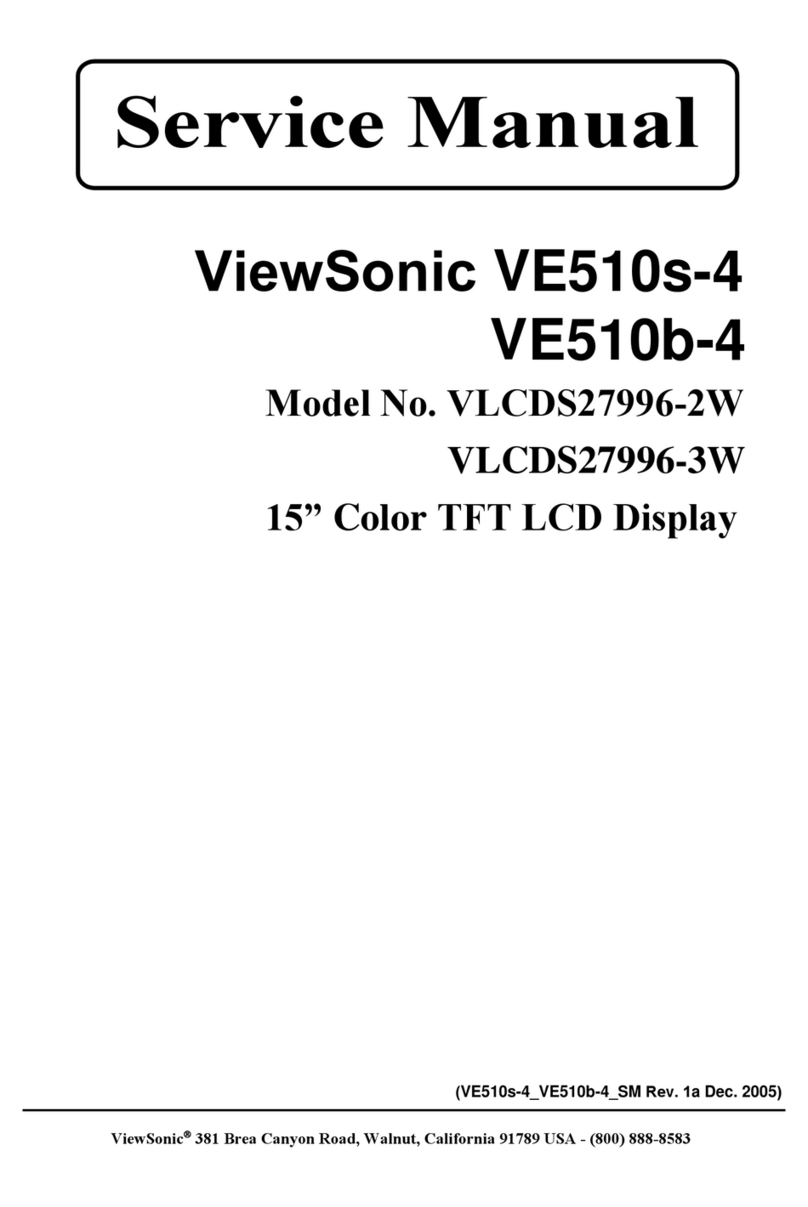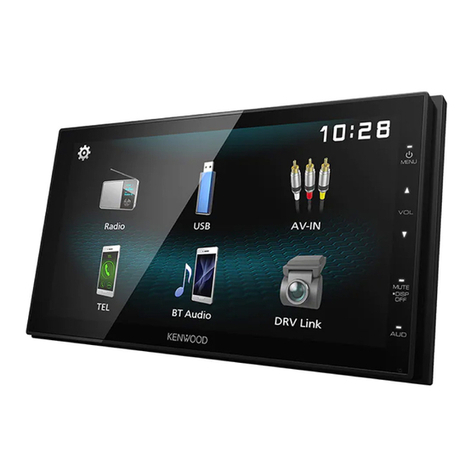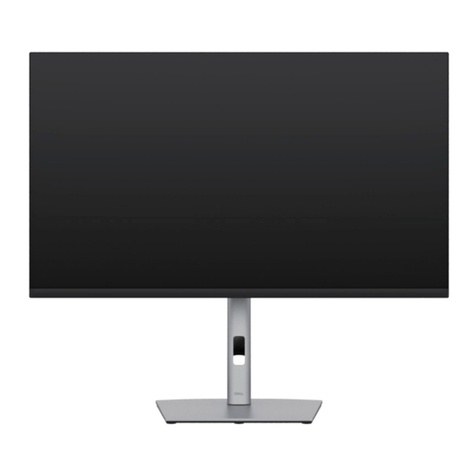
2026116-001 Revision B Responder™ 2000 Page v
SEMI-AUTO SHOCK MODE ............................................................................................ 64
TO USE SEMI-AUTO SHOCK MODE..........................................................................64
ECG MONITORING................................................................................................................... 66
ACTIVATING AND DEACTIVATING FILTERS.....................................................................66
MONITORING HEART RATE ............................................................................................... 66
MONITORING PACEMAKER PATIENTS............................................................................. 67
NON-INVASIVE PACING (OPTION) .........................................................................................68
TO USE PACING MODE ...................................................................................................... 69
GUIDELINES FOR THE APPLICATION OF EXTERNAL PACEMAKERS ................................70
DEMAND PACING.....................................................................................................................71
FIXED-RATE PACING...............................................................................................................73
PULSE OXIMETRY (OPTION) ..................................................................................................74
APPLICATION TIPS.............................................................................................................. 75
PRINTING..................................................................................................................................76
TO PRINT..............................................................................................................................76
SNAPSHOT ...............................................................................................................................77
TO TAKE A SNAPSHOT....................................................................................................... 77
HISTORY MENU ....................................................................................................................... 77
EVENT LOG ..........................................................................................................................77
PATIENT TRENDS................................................................................................................77
RESPONDING TO ALARMS .....................................................................................................78
HIGH PRIORITY ALARMS....................................................................................................78
MEDIUM PRIORITY ALARMS .............................................................................................. 78
LOW PRIORITY ALARMS .................................................................................................... 78
VISUAL ALARM DISPLAYS..................................................................................................79
AUDIBLE ALARMS ...............................................................................................................79
ADJUSTING HEART RATE ALARM LIMITS .............................................................................80
SETTING THE ECG SOURCE AND GAIN ................................................................................80
SECTION 4: CONFIGURING THE RESPONDER 2000 SETTINGS............................................81
OVERVIEW................................................................................................................................81
SETTINGS MENU.................................................................................................................82
TO VIEW THE SETTINGS MENU ........................................................................................82
DEFIBRILLATION SETTINGS ..............................................................................................85
DEFAULT SHOCK ENERGY SETTINGS......................................................................... 86
FIBRILLATION ANALYSIS THRESHOLDS......................................................................86
PACING SETTINGS.............................................................................................................. 87
TO CHANGE PACING SETTINGS FROM SETTINGS MENU ........................................87
TO CHANGE SETTINGS FROM STARTUP MENU ........................................................88
PACING DEFAULT PARAMETERS .................................................................................88
CHANNEL SETTINGS ..........................................................................................................89
CHANNEL 1 ......................................................................................................................90
CHANNEL 2 ......................................................................................................................90
FILTERS ...........................................................................................................................90
ALARMS/SOUND SETTINGS...............................................................................................91
AUDIO DEFAULTS ...........................................................................................................92
PATIENT TRIGGERS .......................................................................................................92
DATE/TIME SETTINGS ........................................................................................................93
USER SETTINGS MENU......................................................................................................95
FACILITY ..........................................................................................................................96
